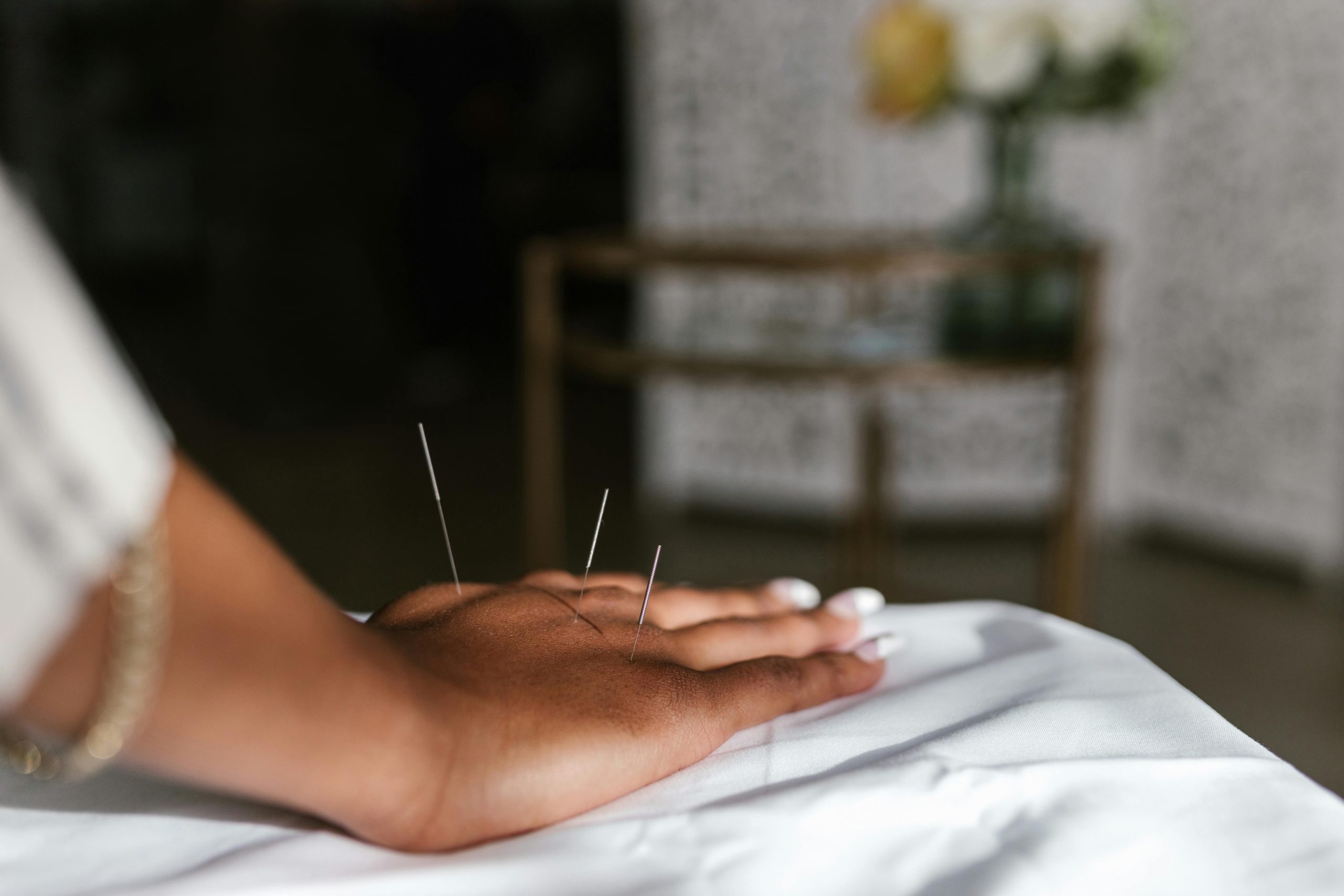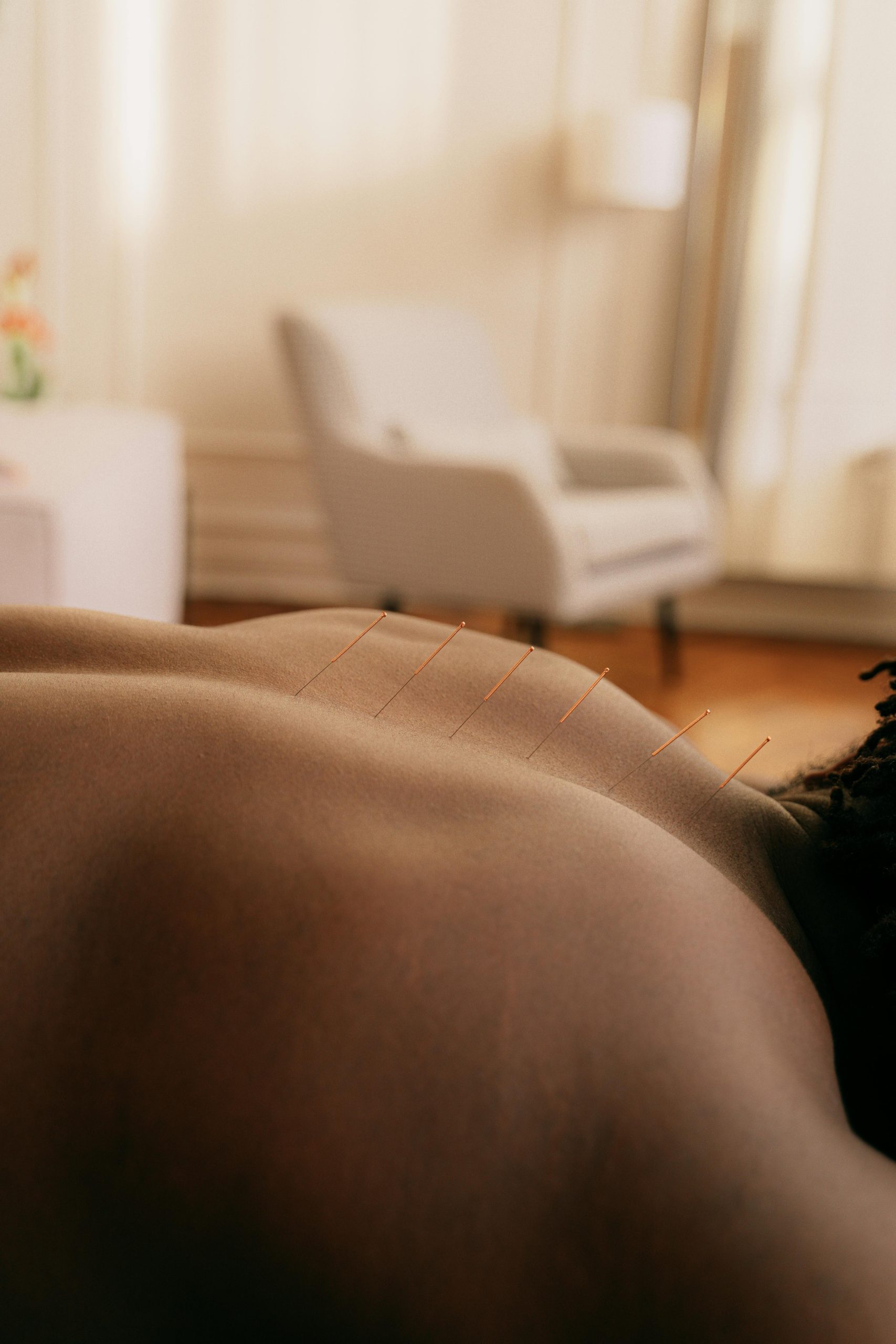
Acupuncture Pain Management Service in Orange County, CA
Introduction to Acupuncture
Acupuncture is a time-honored therapeutic practice that originated in ancient China over 2,500 years ago. It involves the strategic insertion of ultra-thin, solid needles into specific points along the body’s meridian pathways to promote natural pain relief and restore the body’s energetic balance. Recognized as a form of complementary and alternative medicine in the United States, acupuncture is supported by a growing body of evidence, particularly for its effectiveness in treating musculoskeletal pain.
Acupuncture is not magic; it’s medicine – an ancient system of healing that reminds the body how to restore balance and harmony.
Historically, acupuncture began with the use of sharpened stones to relieve physical discomfort and gradually evolved throughout Chinese history to become a central component of Traditional Chinese Medicine (TCM). Over the centuries, acupuncture tools became more sophisticated, with modern needles varying in shape, size, and length to target pain more precisely. Today, many practitioners blend traditional meridian theories with Western medical knowledge of anatomy and physiology to optimize outcomes for patients experiencing chronic pain.
Clinical studies have validated acupuncture’s efficacy, showing that its benefits for conditions such as back pain, migraines, and osteoarthritis can last for months, even up to a year. Though its results for neck pain can vary, acupuncture is generally more effective for managing chronic conditions rather than acute episodes. Furthermore, it may play a role in reducing reliance on opioid medications, particularly for patients suffering from long-term or cancer-related pain. Contemporary techniques like dry needling, which target myofascial trigger points, have also been proven effective in relieving muscle knots, especially in the neck and upper back.


How Acupuncture Works
Acupuncture is grounded in the philosophy of the five elements and the yin-yang theory. It is believed that a life force known as “qi” flows through the body along defined meridian pathways. When this flow is disrupted—whether due to physical, emotional, or environmental factors—blockages can occur, resulting in pain or dysfunction. Acupuncture aims to restore balance by targeting specific acupoints, stimulating or relaxing these energy channels to alleviate symptoms.
Interestingly, acupuncture treatments often go beyond the site of pain. For example, addressing back pain might involve stimulating acupoints on the feet, hands, ears, or scalp in addition to those on the back itself. Treatment can also incorporate supplementary therapies like moxibustion (heat therapy), electrical stimulation, herbal medicine, cupping, gua sha, manual manipulation, and massage. The goal isn’t necessarily to “cure” a condition, but rather to help the body regain equilibrium and improve overall quality of life, particularly when integrated with healthy lifestyle habits such as diet, exercise, and stress management.
Patients typically require multiple sessions, often ranging from 10 to 20—for optimal results. Each session may last from 15 minutes to an hour, with the body responding in cycles approximately every 15 minutes. These physiological changes help reduce tension and contribute to lasting pain relief.
Types of Pain Managed by Acupuncture
- Chronic and acute back pain
- Radiculopathy
- Osteoarthritis
- Tendinitis
- Ligament pain
- Myofascial pain syndrome
- Muscle knots or trigger points
- Headaches and migraines
- Postoperative or scar tissue pain
- Episacroiliac lipomas (back mice)
The Role of Acupuncturists
A trained acupuncturist assesses a patient’s pain location and uses meridian theory to identify areas of imbalance, blockage, or dysfunction. Treatment is highly personalized and may include both local and distal points to holistically reduce inflammation and restore bodily harmony.
For example, in prenatal care, certain acupuncture points must be avoided to prevent the risk of inducing labor. This underscores the importance of seeking treatment from a qualified or certified acupuncturist, especially those with experience in specialty areas like obstetrics, internal medicine, or orthopedic and musculoskeletal conditions.
Acupuncture serves as a valuable tool in pain management, often allowing for reduced dependence on pain medications and offering a non-invasive alternative to more aggressive treatments.
Benefits of Acupuncture
The advantages of acupuncture go beyond pain reduction. It may enhance sleep quality, decrease reliance on medications, and improve physical function by relieving restrictions within the body. Acupuncture is also a valuable option for pre- and post-surgical care and people experiencing fatigue, tension, or chronic pain.
While beneficial for both acute and chronic pain, acupuncture tends to be most effective in long-term pain management by gradually softening tense tissues. In some cases, it can provide faster and more lasting relief than injections or other pain-relief methods. It’s particularly helpful for addressing acute muscle strains, stress, anxiety, and myofascial tension.


